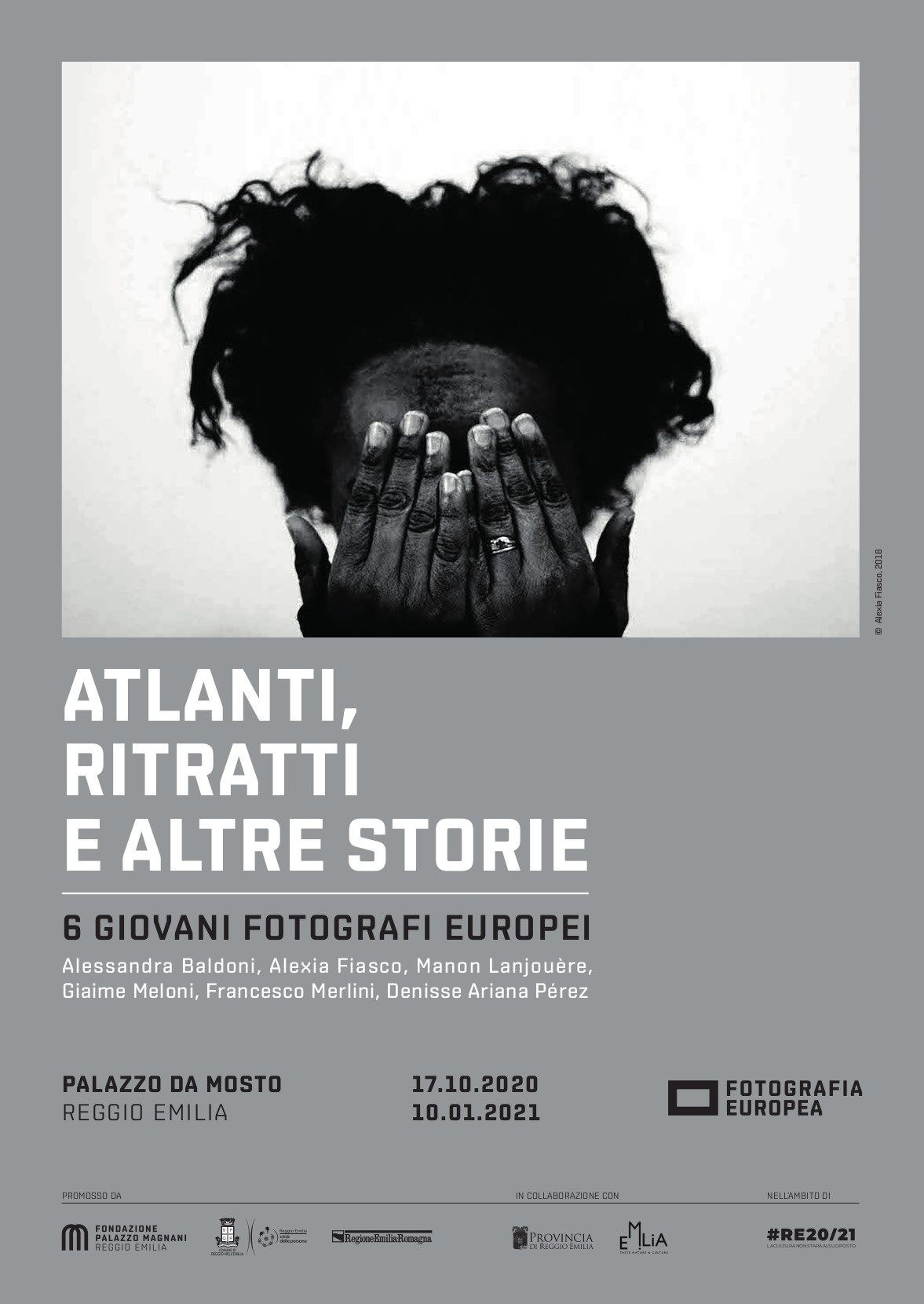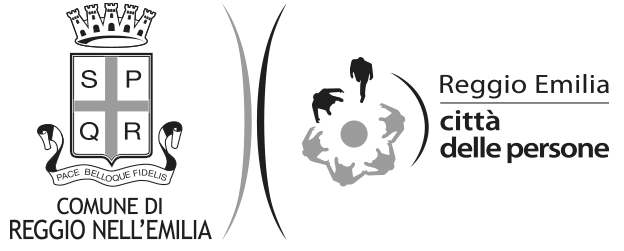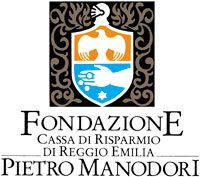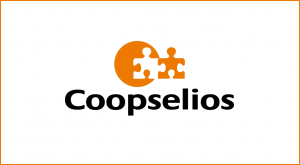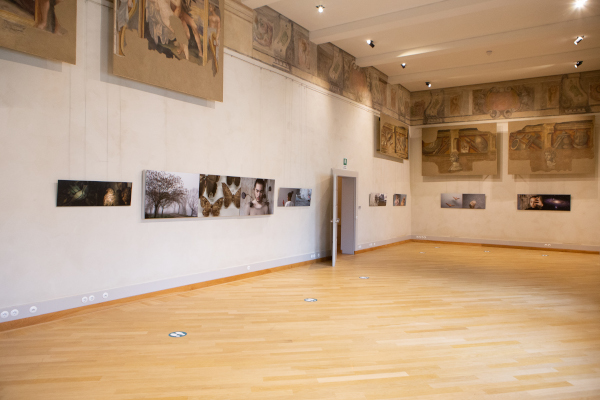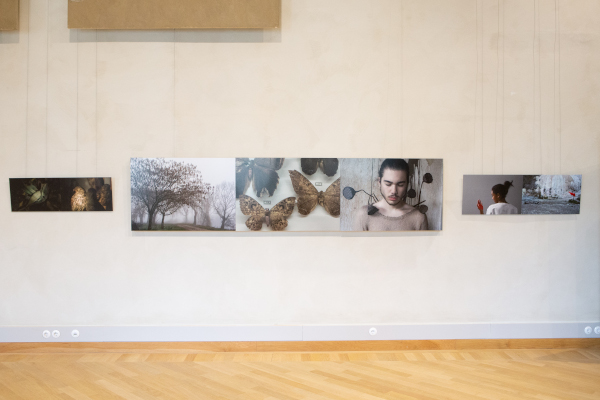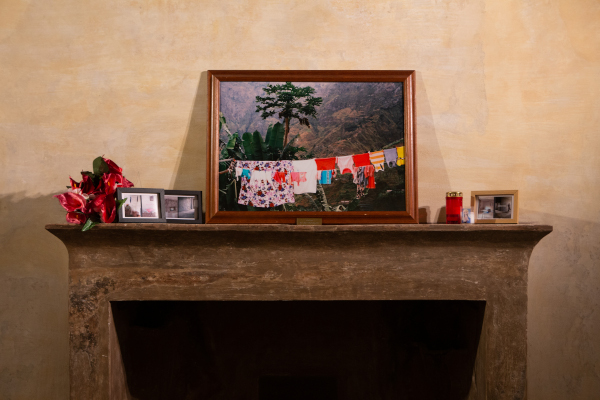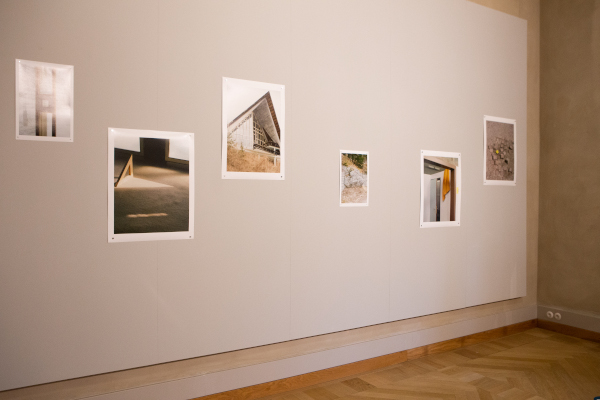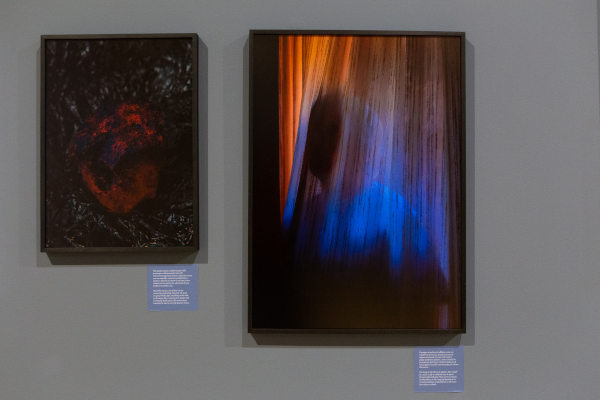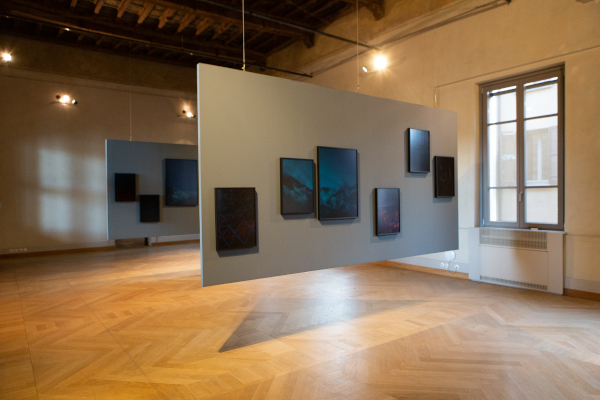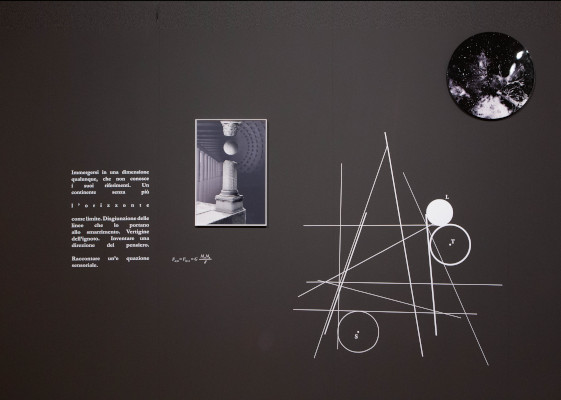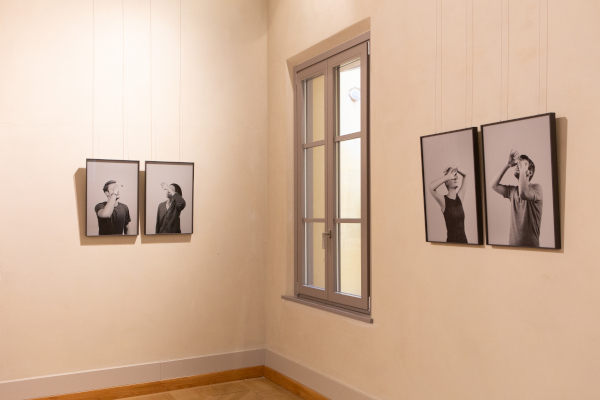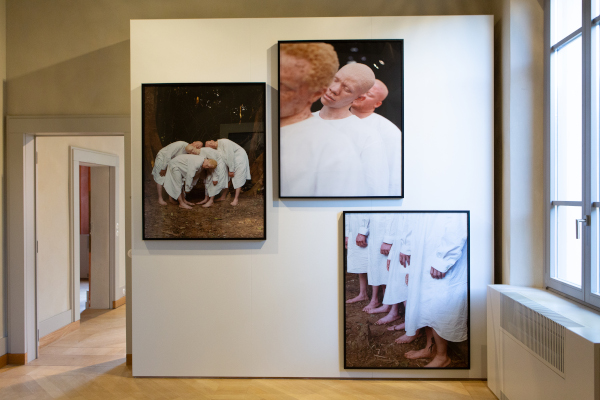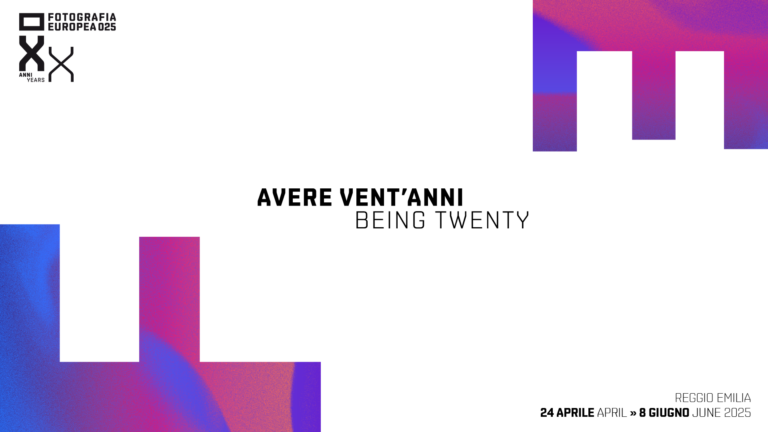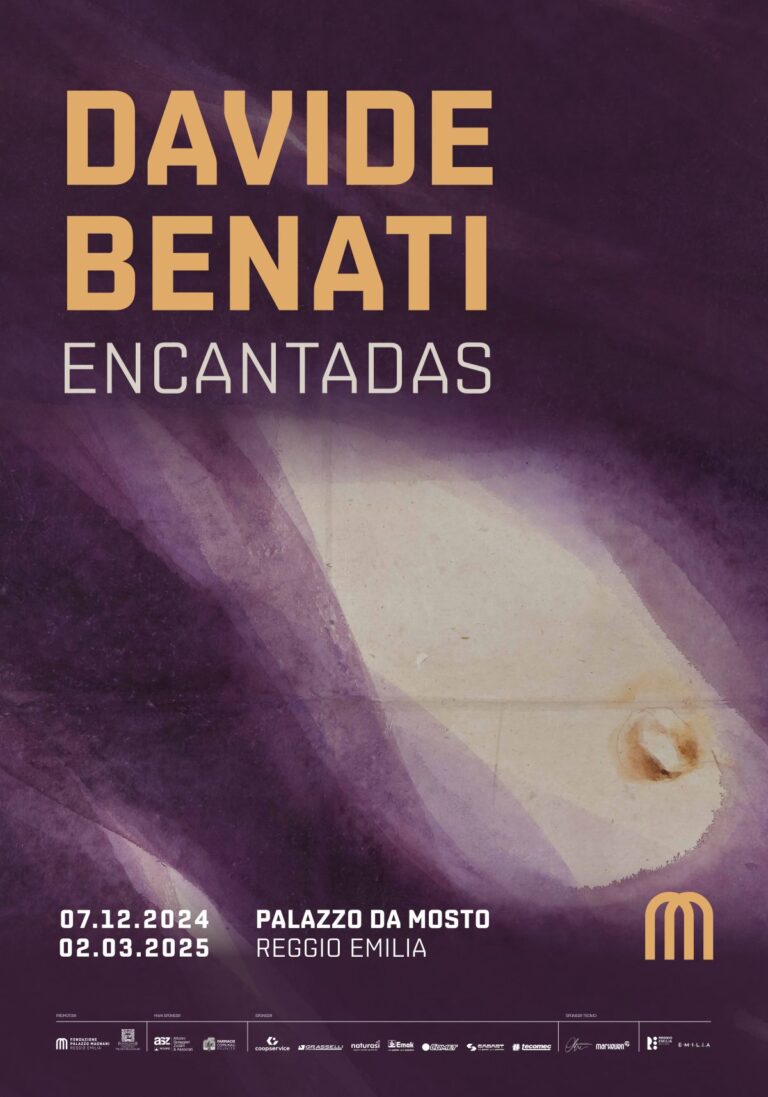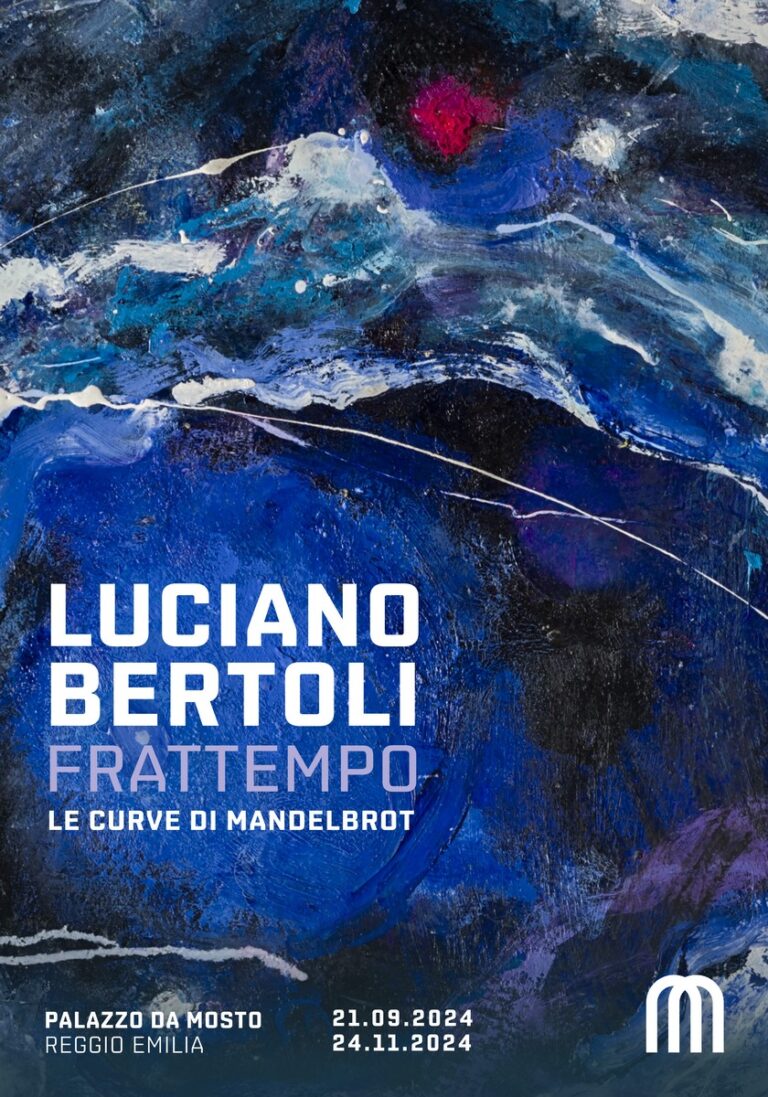6 young European Photographers
This group show brings together the solo shows of the three winners of the open call launched by Fotografia Europea 2020, which are joined by three other projects selected by the jury composed of Walter Guadagnini, artistic director of the festival; Maria Pia Bernardoni, curator of international projects at the LagosPhoto festival; and Oliva Maria Rubio, an independent curator.
The decision by the artistic direction to expand the space devoted to young artists is prompted by the desire to use contemporary photography to explore the theme of fantasies and narratives at an historical moment when a focus on the future is necessary.
Atlas (After Mnemosyne) is a researching, memory work, a work on the time, on the thought that makes real memories in constellations of images.
The work arises from the meeting with Atlas Mnemosyne by Aby Warburg. What fascinated the artist is the tables idea, the elements juxtaposition apparently so distant for provenience and temporal chronology – papers, statues, archaelogical evidences, newspaper cuttings: these elements for Aby Warburg are familiar with each other, they refer to each other making echo.
Images are a privileged study subject, due to the fact that they are an immediate way to “say the world”. Image is the place where more directly the impression and events memory throw headlong and condense. Comes from here the idea to look for the visual place where the world rhymes, to look for a kind of refrain between things – animal faces, nature, statues – as to find a sense, a catalogue through form, color and meaning similarity. Sequences look for an assonance, images allude to each other as if they share the same secret.
Alessandra Baldoni’ s Atlas tells about a story made of bonds and ropes and meanings hiding and disclosing. A law that melts in a balance principle in apparent chaos. A mathematics of beauty.
The Denial is dreamlike, timeless documentary fiction series based on Fiasco ‘s mysterious family story. As a young black daughter of immigrant, she grew up in denial of her roots in pursuit of integration and with very little knowledge of her family history. Her father abandoned The Cabo Verde Islands at the young age of 13 and never returned. Alexia would discover the country for the first time by herself in 2017. She travelled to the islands in search of her father’s past to find answers. She returned from her trip with more questions and pictures from a family album she never actually found.
With this grouping of images extracted from different photographic series, Manon Lanjouère proposes, with her Laboratory of the Universe, to describe a nomenclature, compose a bibliography and tell the origins of the Universe. The imaginary stories she creates amount to producing fictional images that feed the imagination, itself essential to popular culture as much as to scholarly reasoning. These fictions should be considered as a mental model, a fundamental stimulus for people’s understanding of their environment. Introducing herself as an “astronomical artist”, she shares her visions of these distant worlds with us, and her imagination will be used to create an image from scientific data, often abstract.
Through this production, mixing photography, but also poems, sketches or various objects, she wants to show through “the artificial image” what is not visible to the naked eye. While exploration reaches the limits of the detectable and the understandable, she relies on the creativity and imagination of researchers to push back the boundaries, leading science and art to reinterpret the Universe in terms of the close relationship they have shared throughout history.
The concept of Unheimlich, translated into english with the term uncanny, contains in its semantic complexity the same sense of impotence and disorientation that we feel when, visiting a place for the first time, we find ourselves in front of elements that seem familiar to us. This feeling triggers in us contrasting reactions like calm and fear. Recalling dreamlike situations in which reality and fiction are intertwined, the project is inspired by the aesthetic concept, that Sigmund Freud explored in the 1919 essay “Das Unheimliche”. When the labyrinthine space of the children’s Colony in the former Eni village at Corte di Cadore is investigated through the lens of this concept, we question the restless familiarity of this place: “Have I been here before?”.
Das Unheimlich is finally a metaphor of the condition of contemporary living. This experience emphasizes the human need to construct a domestic dimension within a generic space, working on the intangible but palpable register of the unconscious. The search for the territorial familiarity also includes in an antithetic way its negation, of which the Unheumlich is the definition. The incessant repetition of some forms, subjects and colours within the sequence of images evokes the search for points of references that are capable of generating a sense of familiarity with the place.
For many years I have tried to narrate a valley where I was born and where I’ve spent a lot of time since when I was a child even if I grow up in a big city like Milano. This valley is a place that I loved and hated, a place I’m tied to by an emotional link that involves me, my father passed away when I was fifteen and my mother disappeared one year ago.
At a certain point I decided to put aside any kind of documentary approach with the awareness that I have never been interested in the beauty of natural scenery or in the objective reality of this place. I was interested in giving a voice to a place that changes, protects and destroys people, through its existence in our lives.
In my work, memories of the time spent in this valley are mixed with dreams, nightmares and visions that my mind has set in this familiar and at the same time distant place, drawing on a sort of magical realism.
In a time where people look at photographs faster and faster, I decided to use a photographic language that would induce the observer to linger, to move closer and to squint in order to get used to the darkness of these iridescent images that conceal a personal journey towards the reckoning with this valley.
Albinism, Albinism is an ongoing photographic project. The series is meant to capture the beauty of boys born with albinism – an absence of pigmentation in the eyes and skin and hair. It is meant to create awareness through beauty, highlighting its subjects rather than portraying them as victims.
The first edition of the series, Albinism, Albinism I” was shot in Tanzania, a country with a history of violence, murder and segregation against albinos. The second edition of the series, which remains unpublished, was shot in Uganda a country where the albinism community faces a bit less social segregation. This second edition features four young albino men from different walks of life, from a Ugandan professional dancehall musician to an activist.
“I see my work as a middle-ground, a No Man’s Land, between reality and fantasy, which is why I could never see my work as purely documentary. I like to build a fantasy around what already exists, around what is already there. I see It is a constant exercise that consists of dreaming and seeking for beauty wherever I am. In this series I reimagined landscapes in order to show tenderness and sensitivity and almost an ethereal aura in people who are not always humanized by their communities.”

